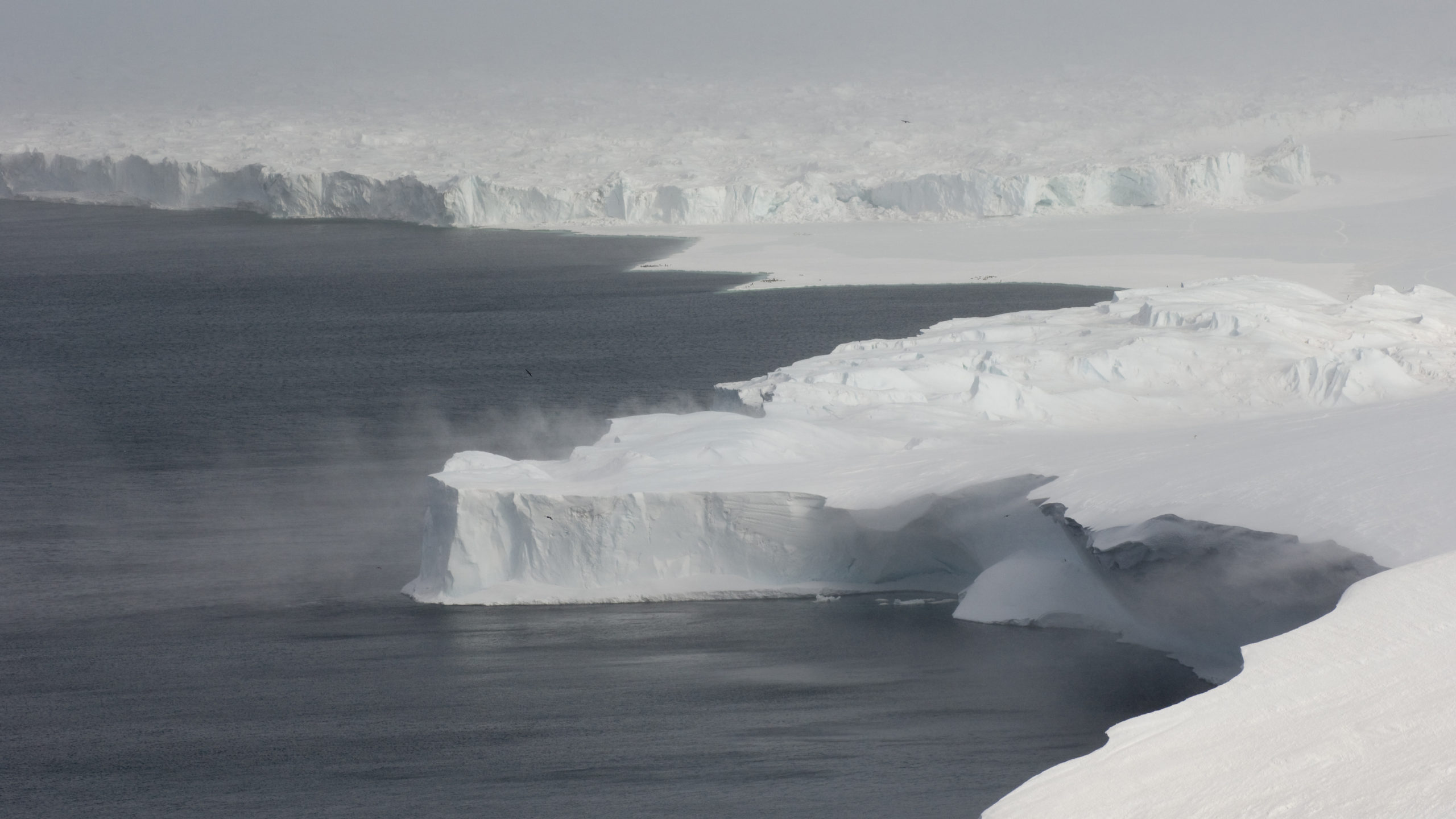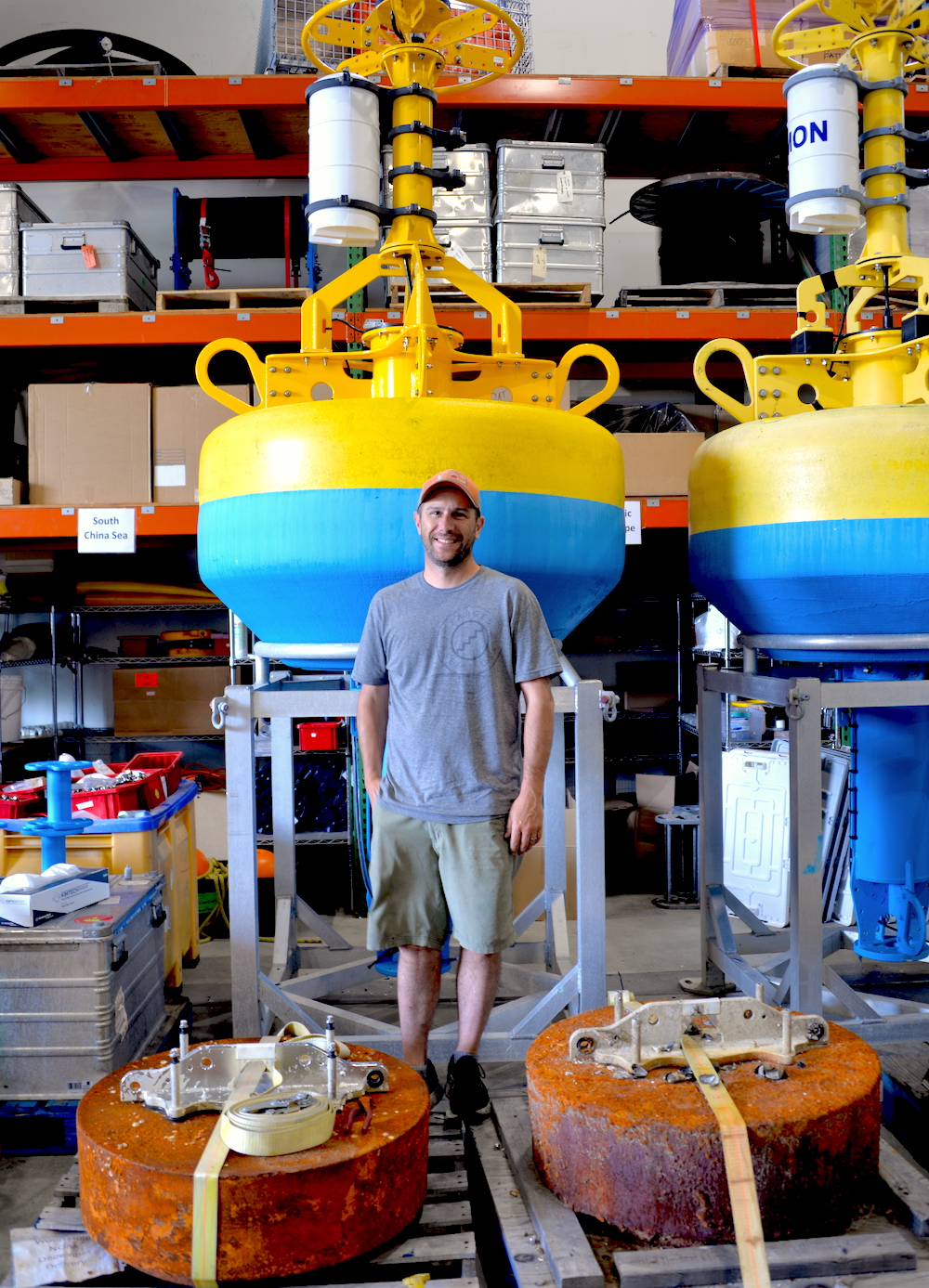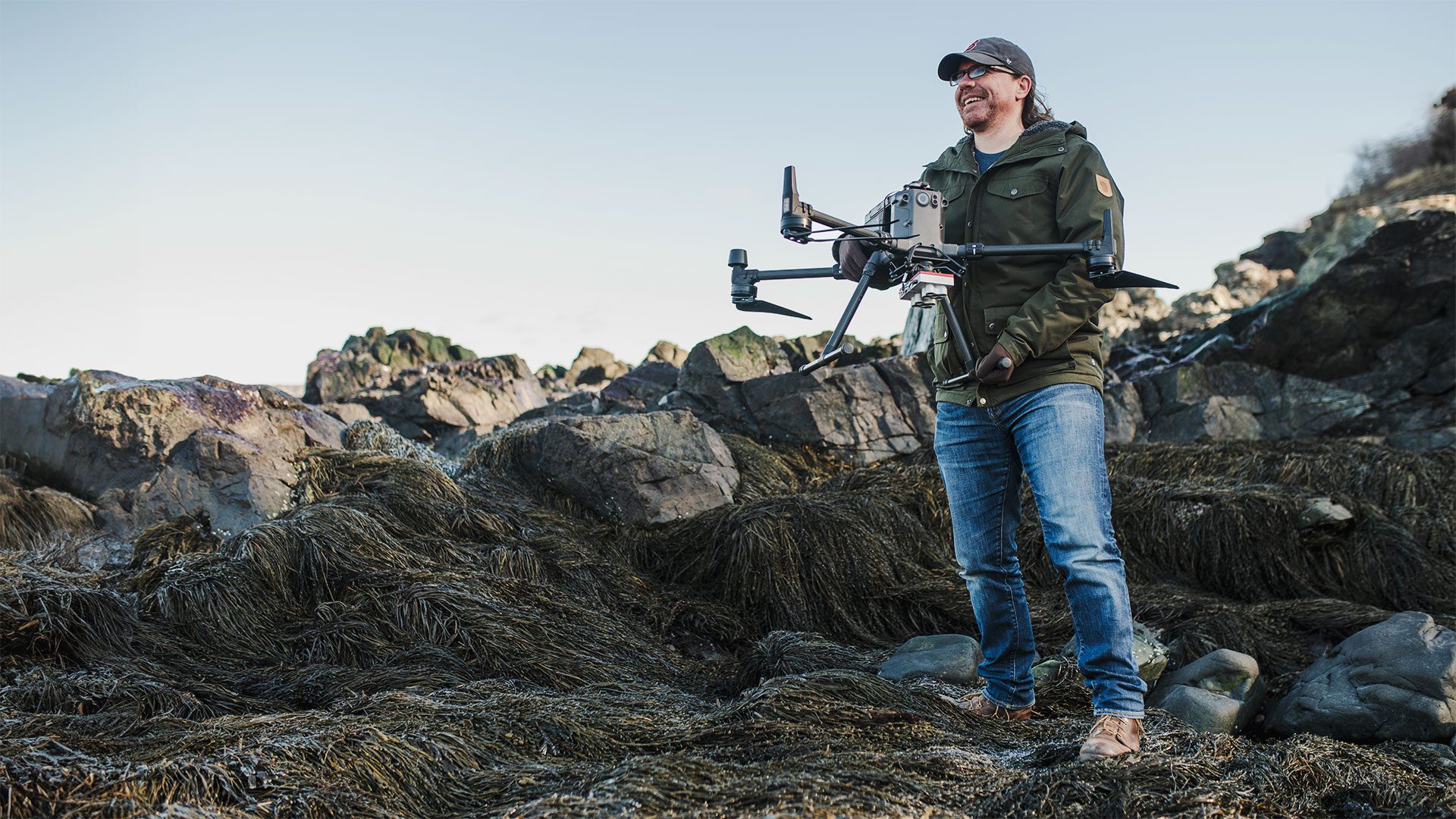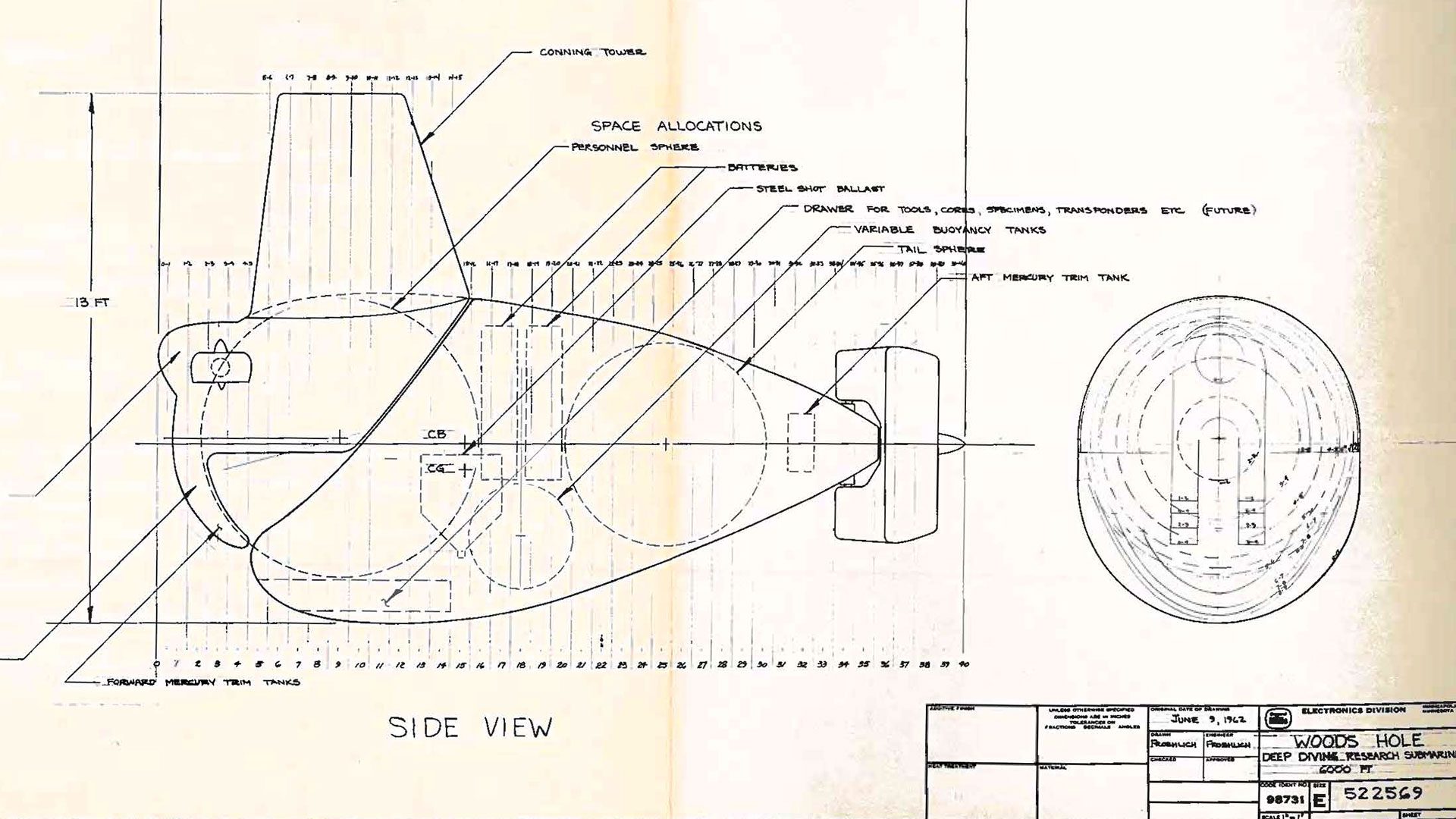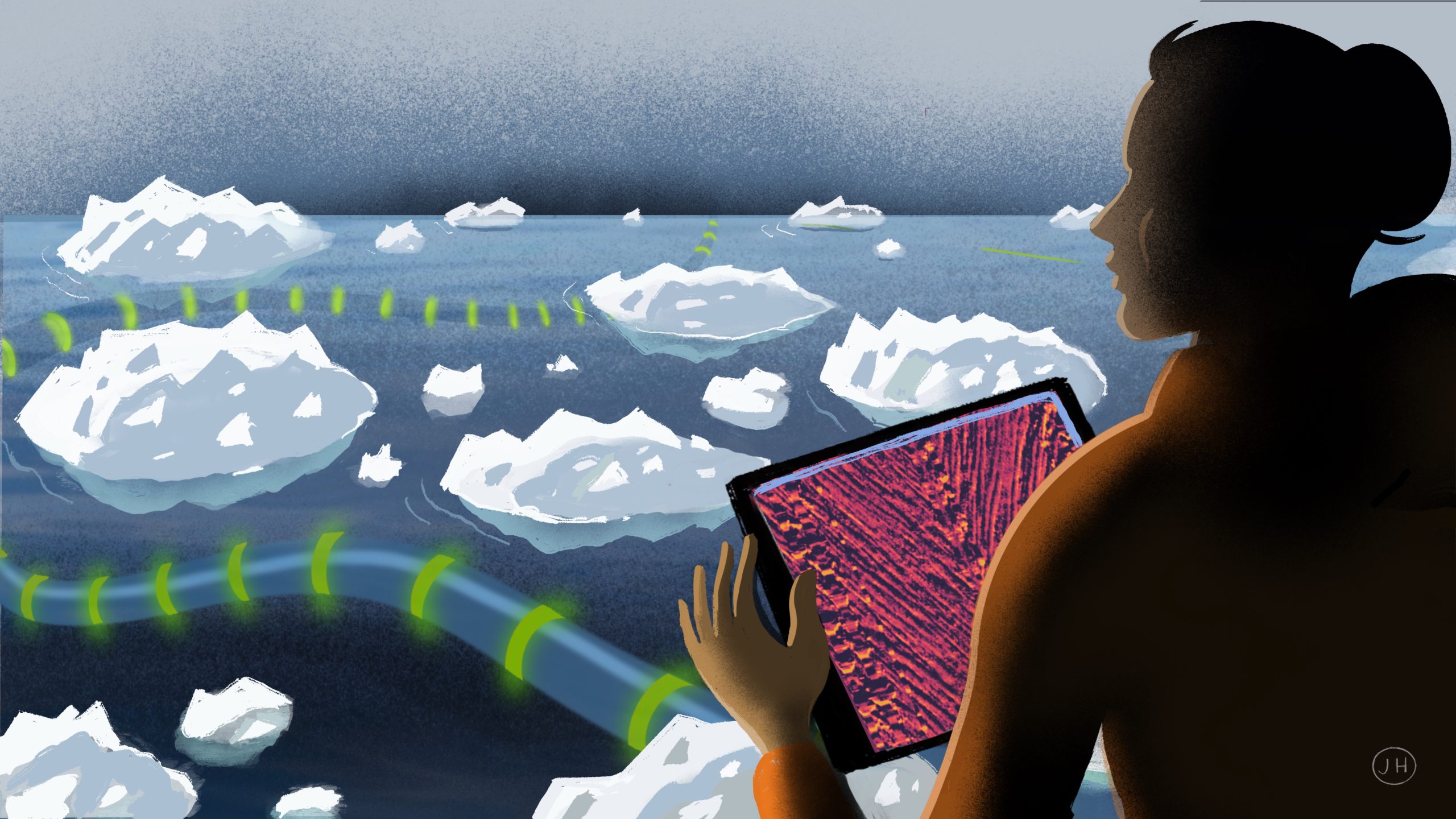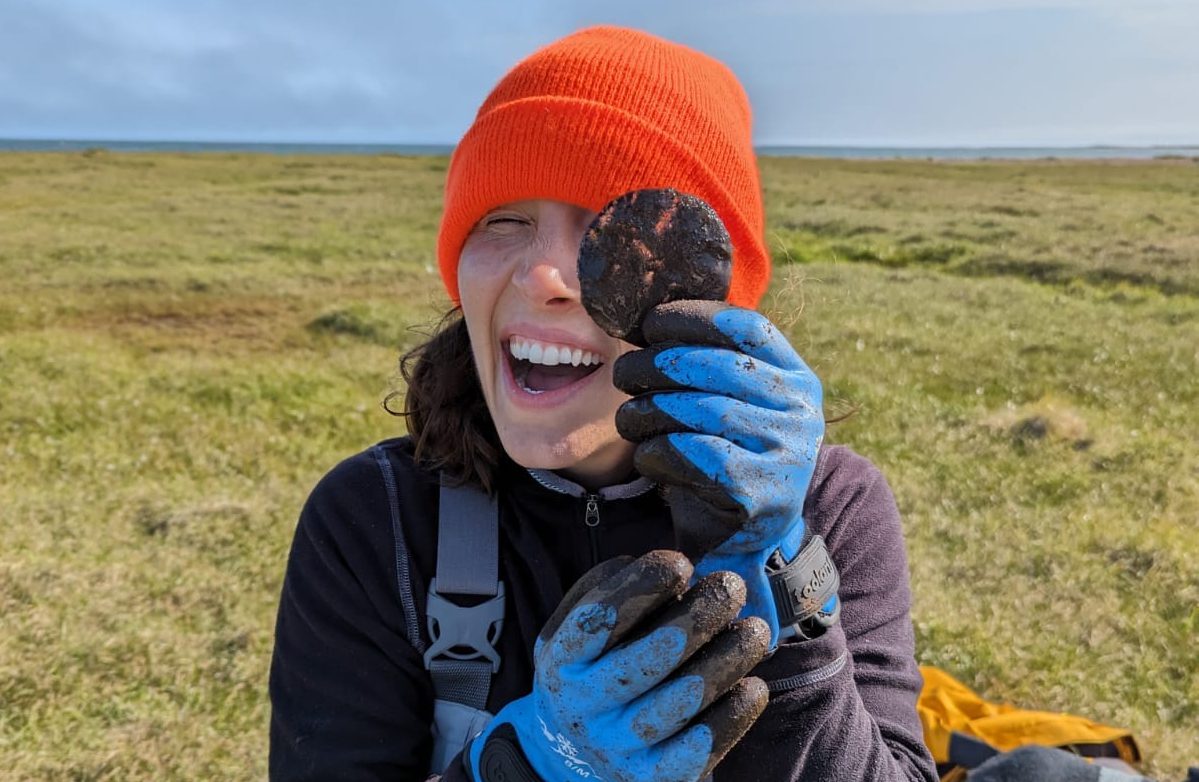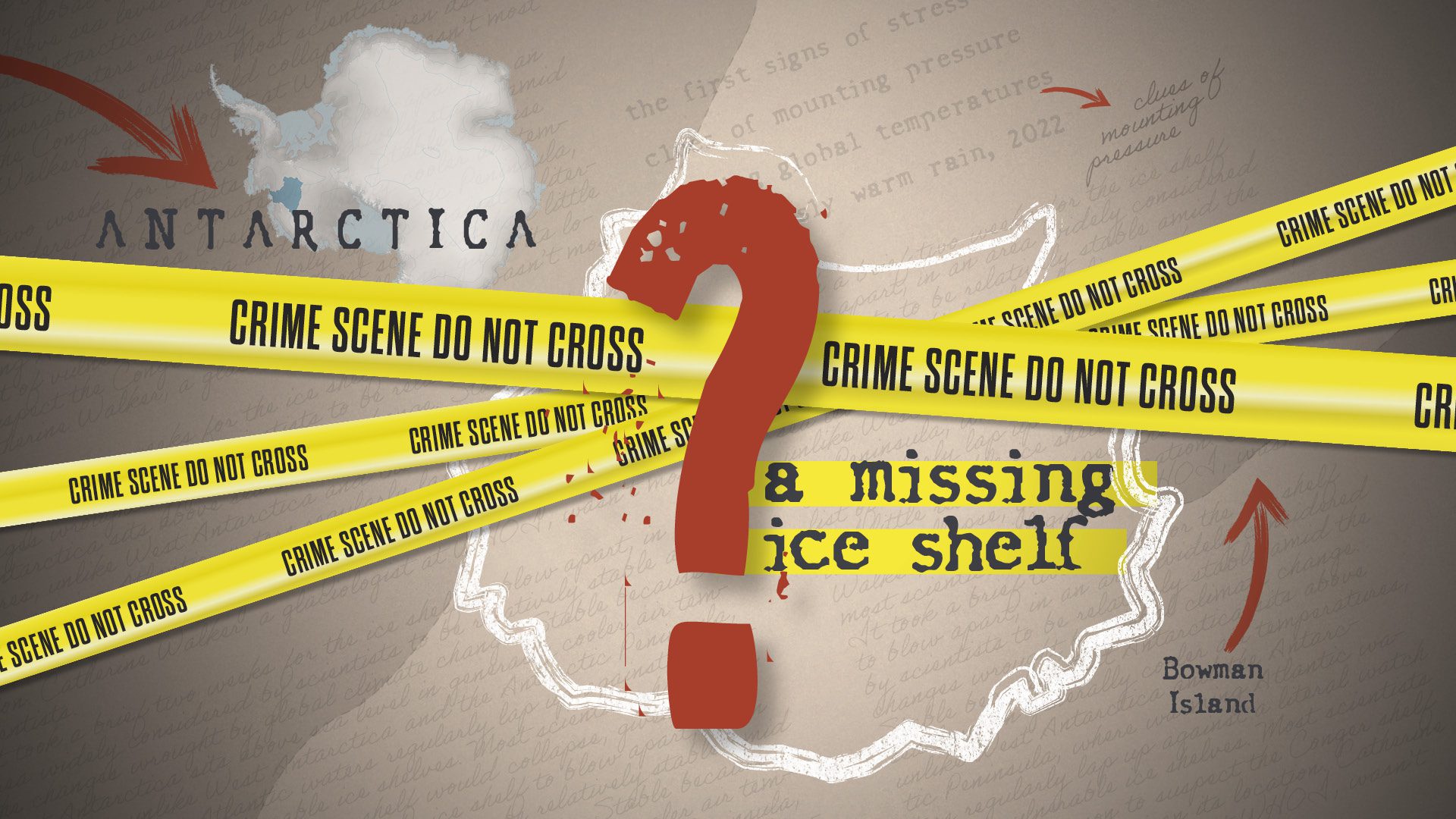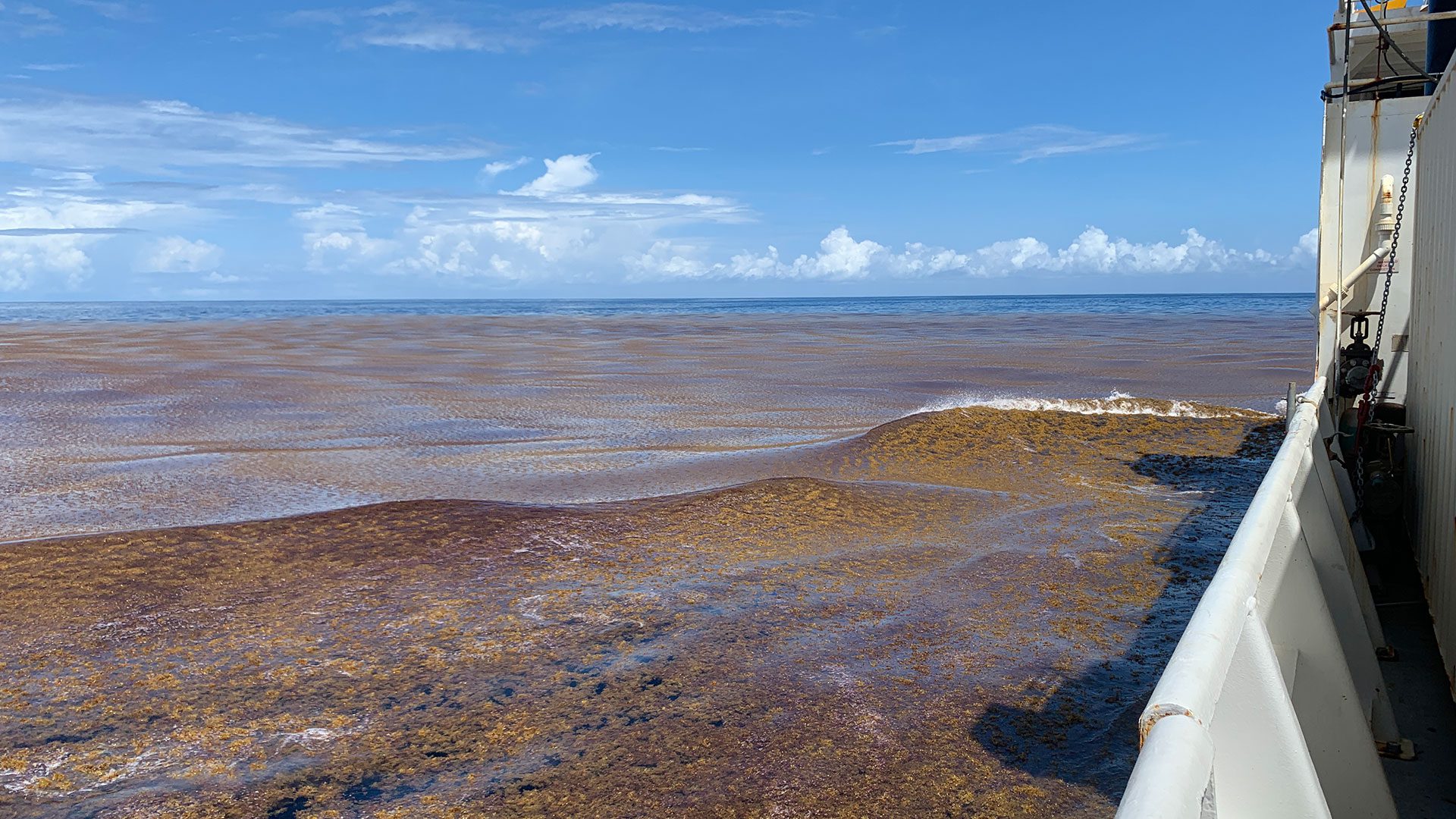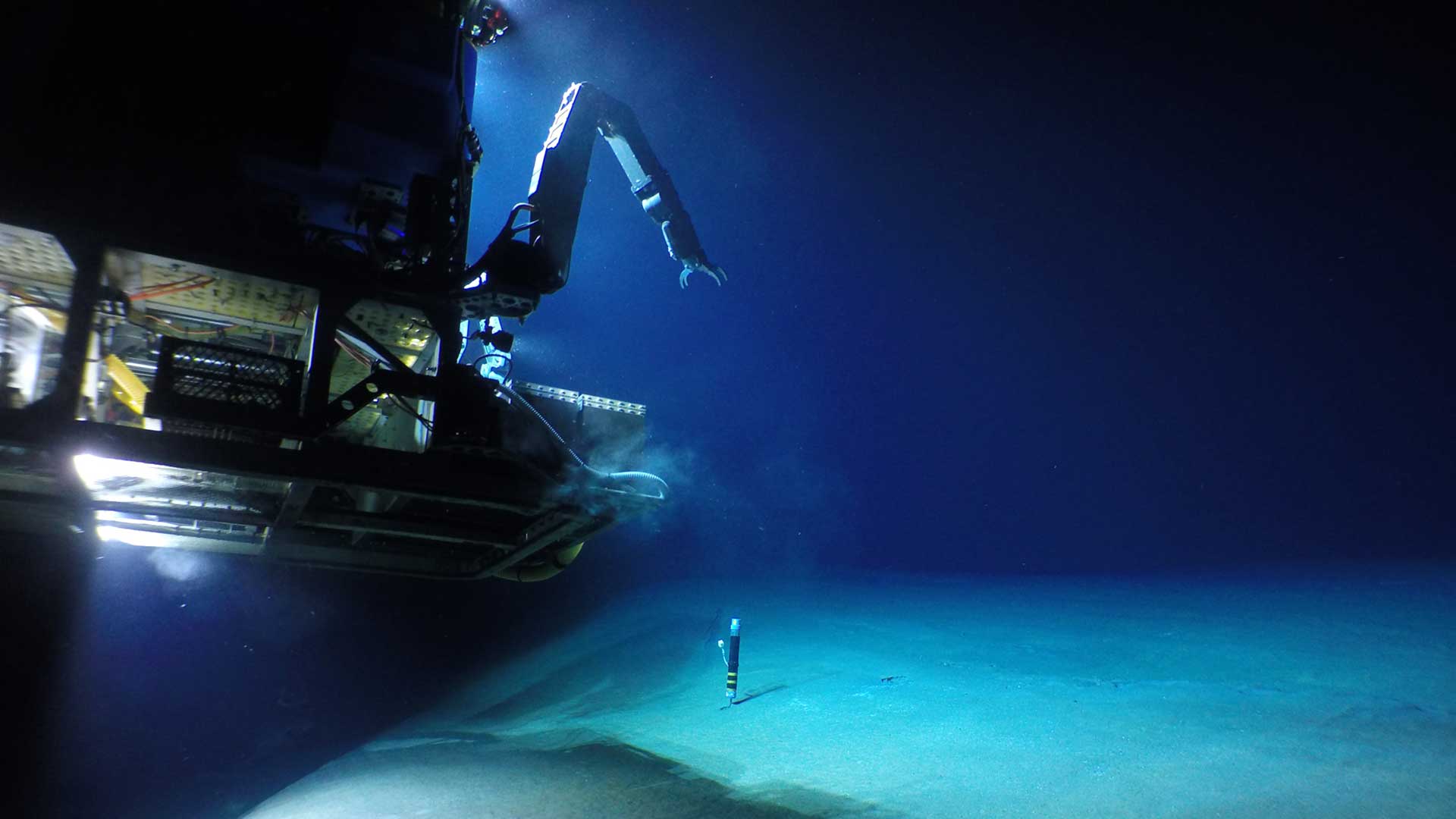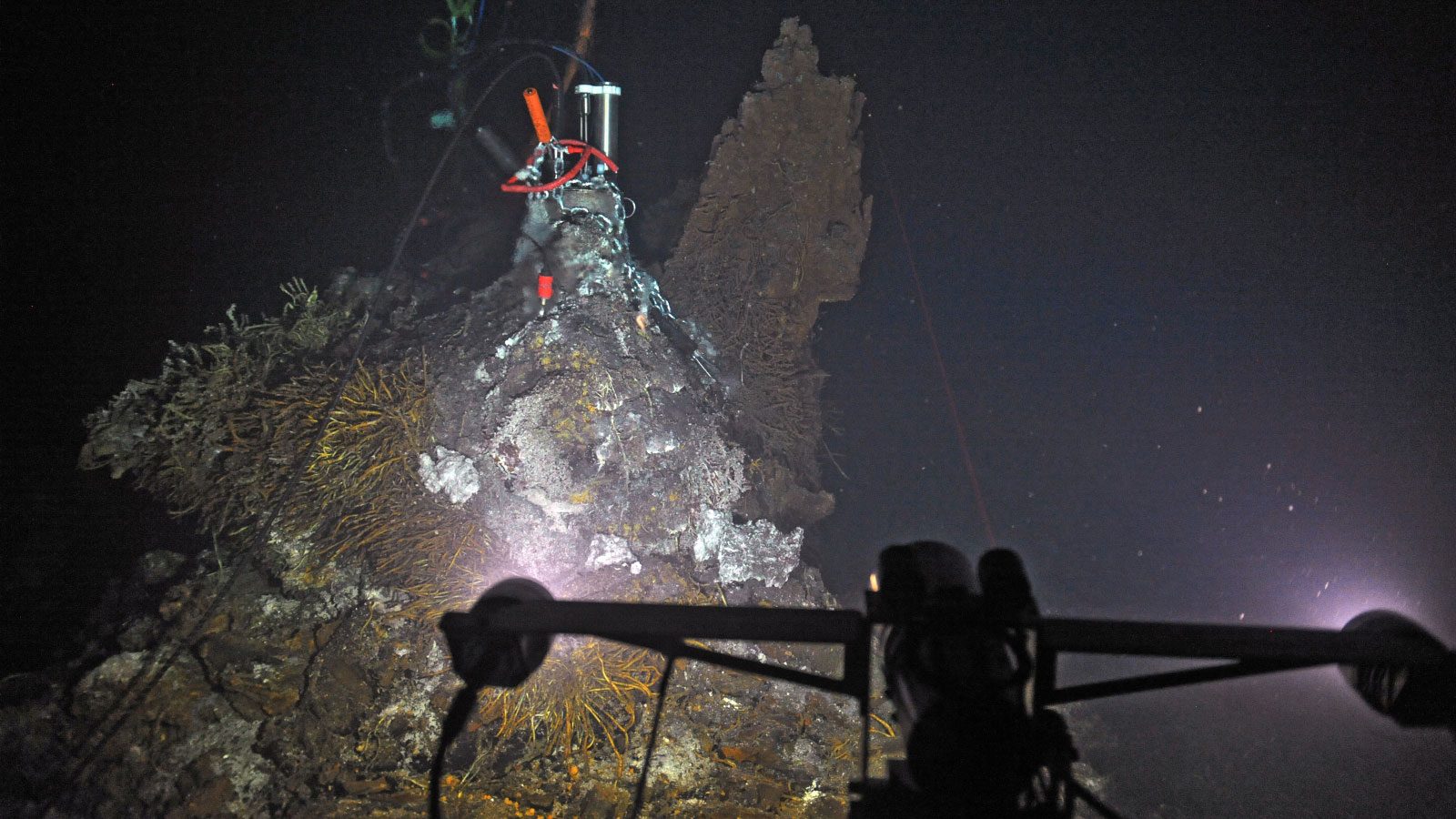Applied Ocean Physics & Engineering
Aditya Gupta
Adin Handler
WHOI receives $1.6 Million to build revolutionary Antarctic ice shelf monitoring system
SAMS will operate autonomously for years in hostile, difficult-to-reach locations that are Ground Zero for global sea-level rise
Read MoreJeff Pietro
Sr. Engineering Assistant + Puzzle Solver, WHOI’s Mooring Operations and Engineering group
Read MoreMikayla Bechtel
Inna Shapovalenko
Owen Wold
Kevin Chang
Isis Mociño Sánchez
The 10,000-foot view
WHOI’s Tom Bell tracks changes to vulnerable coastal ecosystems with aerial imagery
Read MoreAshland Aguilar
Research Assistant, Applied Ocean Physics & Engineering
Read MoreThe story of a “champion” submersible
Alvin’s humble origins began alongside Wheaties cereal
Read MoreResearchers improve satellite surveillance of emperor penguins
New method will provide accurate counts and breeding success of the threatened species in the light of climate change
Read MoreMadison Smith
Assistant Scientist, Applied Ocean Physics & Engineering
Read MoreA cabled ocean
Internet cables on the seafloor could advance how we track changes in the Arctic
Read MoreJulia Guimond
Coastal hydrogeologist
Read MoreWHOI Scientists Test Prototype Water-Level Sensor
Did you know 43% of Massachusetts’ population lives in a coastal community?
Read MoreIanna Gilbert
Summer Student Fellow
Read MoreA cold case, filed
A year after East Antarctica’s Conger ice shelf collapsed, an expert uses forensic evidence to uncover what happened
Read MoreA23a: World’s biggest iceberg on the move after 30 years
The world’s biggest iceberg is on the move after more than 30 years being stuck to the ocean floor. The iceberg, called A23a, split from the Antarctic coastline in 1986. But it swiftly grounded in the Weddell Sea, becoming, essentially, an ice island.
Read MoreStudy Clearly Identifies Nutrients as a Driver of the Great Atlantic Sargassum Belt
Findings could lead to locating nutrient sources and providing management options
Read MoreGulf Stream Has Weakened by 4% in the Last 40 Years, Study Reveals
A new study has confirmed that the Gulf Stream has been becoming weaker, which could lead to grave implications for one of the Earth’s biggest weather systems.
Read More3 memorable Jason Dives
Volcanoes, vents, and creatures of the deep through the lens of ROV Jason
Read MoreWHOI tapped by NSF to lead OOI Program Management for an Additional Five Years
The OOI collects and serves measurements from more than 900 autonomous instruments on the seafloor and on moored and free-swimming platforms.
Read More


